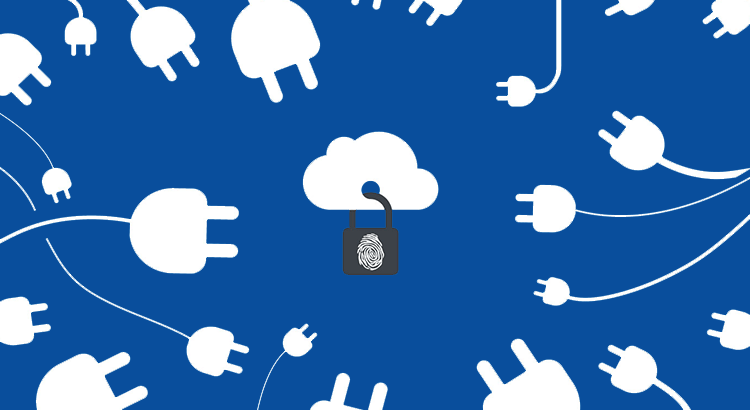Just as I went to collect my iPad this morning from the study room, something that was an integral part of my childhood grabbed my attention. This precious treasure was lying in one corner dusted and covered by a cloth which had torn. The treasure that I speak about was my best friend and is nothing else but the desktop computer that I used in the 90’s and early 2000’s. There was a time when for any important work or internet use, only one device could be used – the computer. Today if I want information on the internet, the last thing I use will probably be that desktop computer. And this is the same for most of us today.
You must be thinking many organizations still use them. Think again, do they? Everything you need right from information to shopping to paying bills is available at the click of a button on a laptop, tablet or a smartphone. Over the past two decades, technology including the internet has truly been on a revolutionary path. So how has this transformation happened? How is it that all the information we need can be accessed through any device from the biggest to the smallest? One of the phenomena responsible for this radical change is called Cloud Computing.
Cloud computing in very simple language is like a one stop shop. You want to access information, store information, monitor, communicate, organize, compute and almost anything you need is enabled by this internet-based computing. Cloud computing enables for a seamless access to a shared pool of configurable resources such as networks, servers, databases, storage and applications to name a few. Most of the organizations are shifting their businesses on cloud courtesy low infrastructure cost, high performance, more scalability and accessibility. You can’t resist but acknowledge that Cloud computing is a blessing.
Having said that, there are two sides to the same coin. Such high levels of technological advancement and automation comes with an excess baggage of security threat. Hackers are always eager to find a way to penetrate and disrupt the systems in some way. In addition, with the rise in Bring Your Own Device (BYOD) trends, organizations are facing a challenge of provisioning and managing large number of identities within the organizations. Owing to this, security has taken a front seat such that itis being enabled to centrally manage, control and secure information accessed by identities. Access management practices are under tight scrutiny with regulators constantly updating and increasing the controlling standards.
This is the reason that Identity and Access Management (IAM) solutions have become uniquely important to organizations across industries. Cloud IAM is a simple solution that answers who, what and which – who has what access for which resource. It helps control, manage, and record user identities and their respective access permissions that can be instrumental in protecting company confidential records thereby preventing cyber threats. But is that enough? Maybe, maybe not.
We have heard of several catastrophic insider threats in the recent past, from large enterprises to SMB’s. These companies had good security policies in place but maybe what they didn’t see coming was an attack from the inside. There were still loopholes that the dominant users within the organizations could take advantage of. And this is where an additional layer of security within the domain of IAM called Privileged Identity Management (PIM) solutions comes into picture.
Privileged Identity Management (PIM) focuses more on who, what and which of the powerful accounts within the IT infrastructure such as the super-users, DBA users, CIO’s etc. Privileged Identity Management controls and monitors the influential users within the system. So is Privileged Identity Management solution only good to provide security? No. It makes life easy for the super-user and the CIO or CISO or CTO and subsequently the owner. How is that? Well, that is because PIM solution controls and authenticates the many users in your system, it manages passwords changing it regularly aligning with the regulatory policies for password change for you (boon for super-user/admin because he doesn’t have to go through the long tedious procedure of changing passwords manually for all the users), it restricts access to certain secure databases and systems from people who are not authorized to access them, it monitors by video and by log of all the activities that the users perform, it allows for a single sign on enabling users to only remember one password for a single entry and seamlessly access there on applications and servers the user has access to, it flags and alerts on a live dashboard monitoring tool whenever there has been a breach and lastly it ensures adherence to the compliance and regulatory procedures giving a good night’s sleep to the CISO’s and the owners. Nothing like a good night’s sleep now, is there!
Do your part, switch to cloud but ensure you have the Privileged Identity Management solutions put in place today, if you haven’t already done so.
About ARCON
ARCON is a leading technology company specializing in risk control solutions. ARCON offers a proprietary unified governance framework, which addresses risk across various technology platforms. ARCON in the last one decade has been at the forefront of innovations in risk control solutions, with its roots strongly entranced in identifying business risk across industries it is in a unique position to react with innovative solutions/products.
Learn more about us at https://www.arconnet.com

